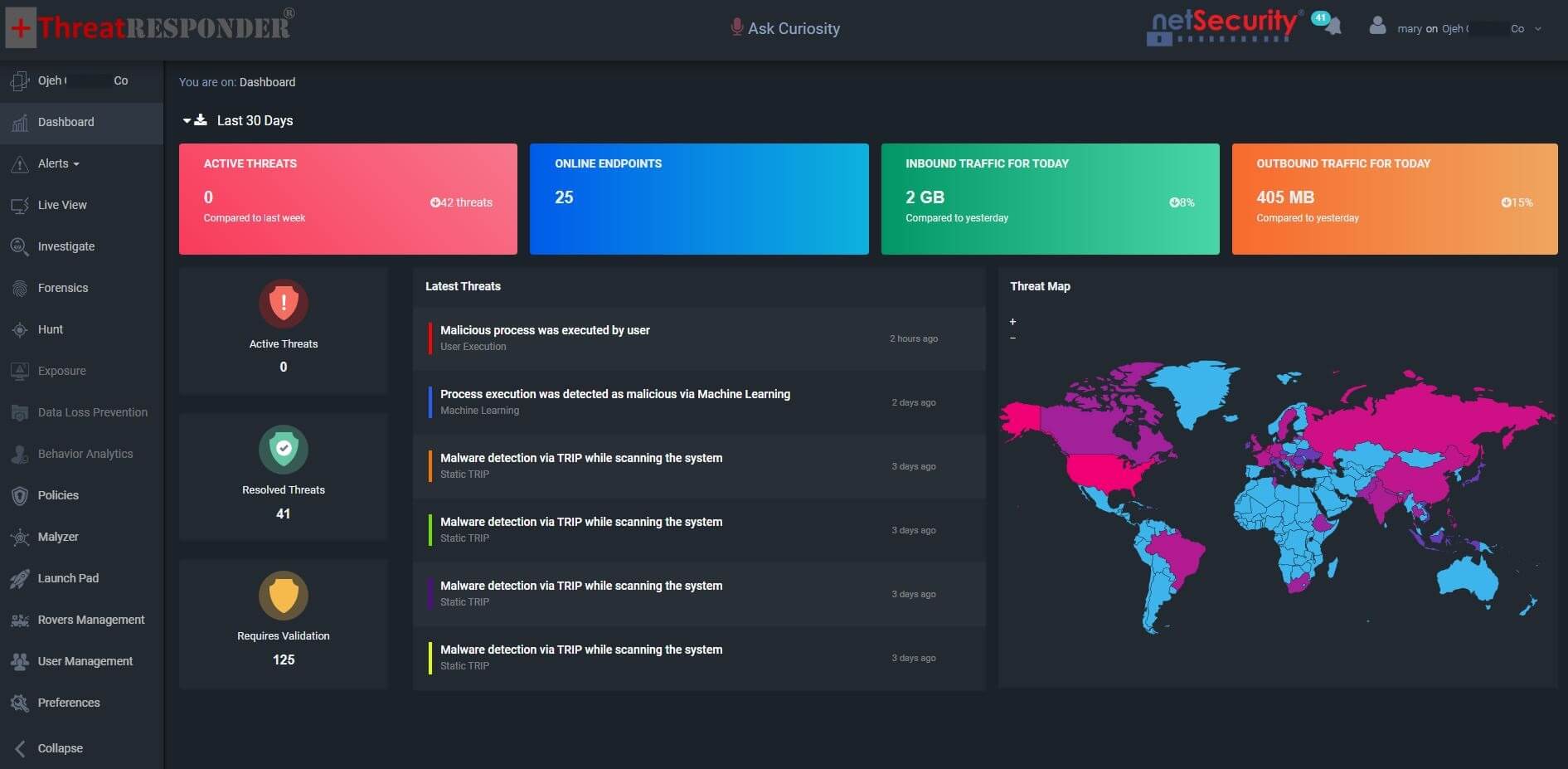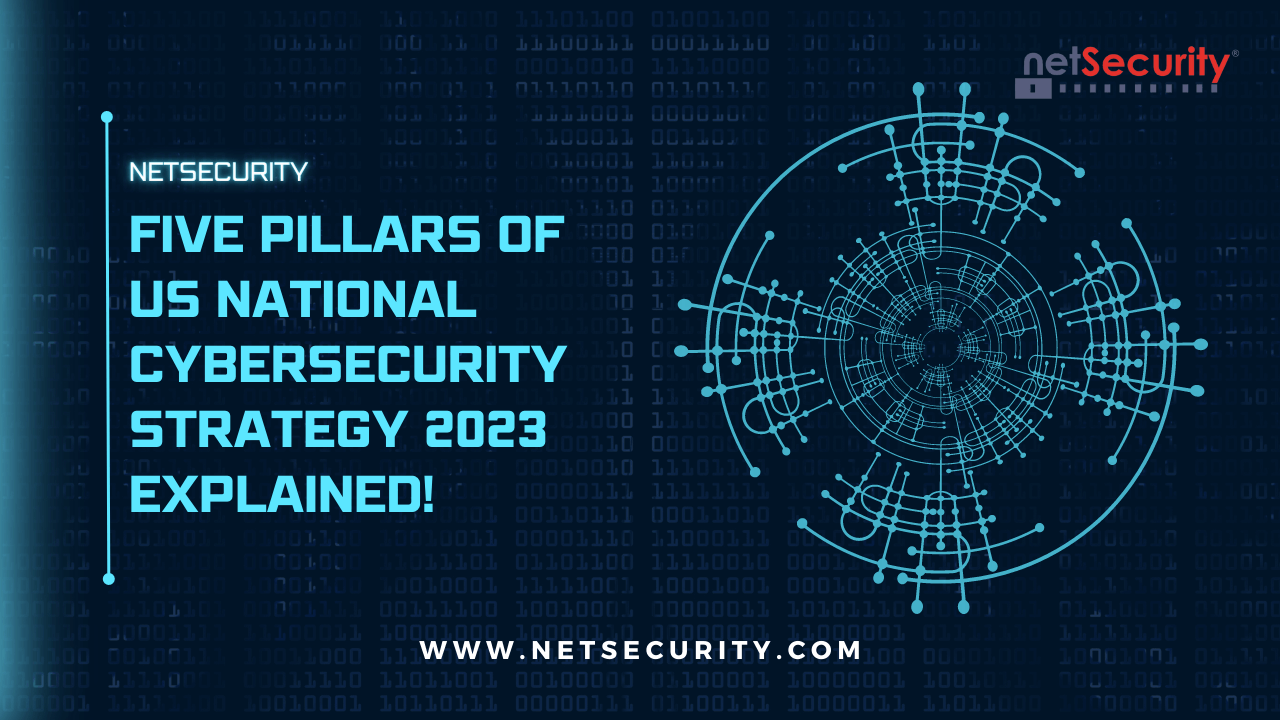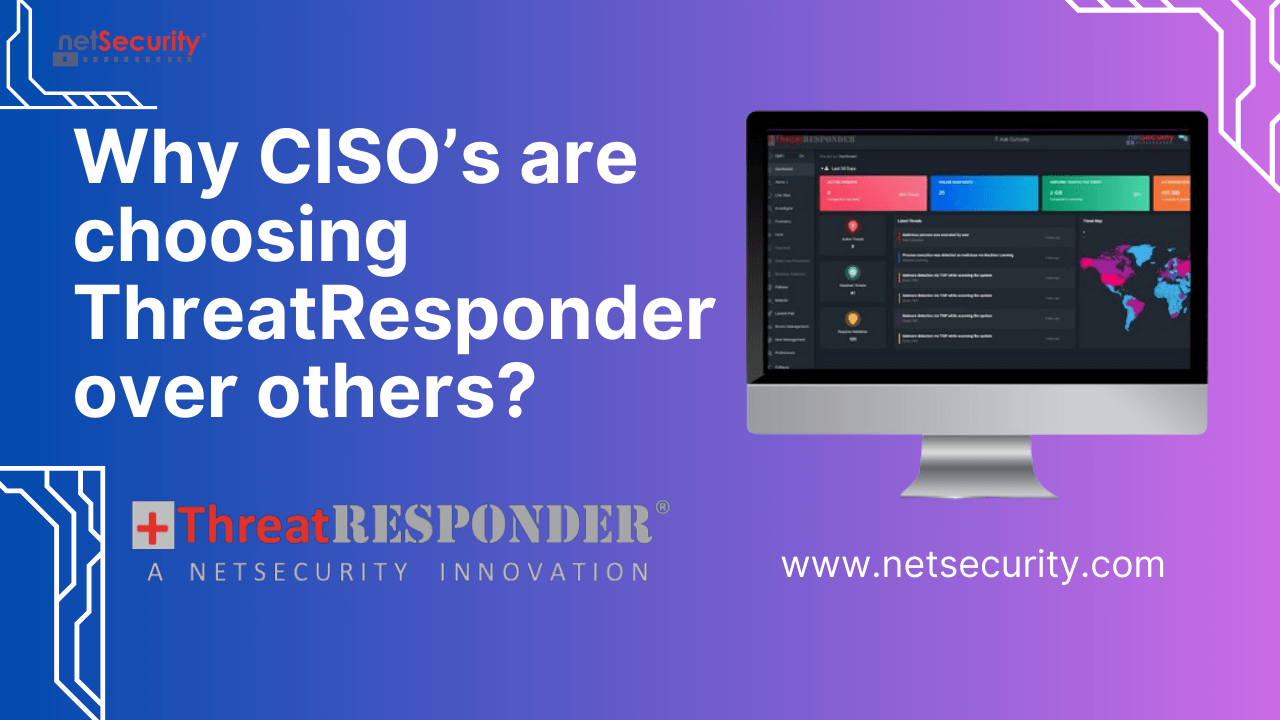Five Pillars of US National Cybersecurity Strategy Implementation Plan 2023 Explained!
President Biden’s administration’s released National Cybersecurity Strategy in March 2023 lays out a bold and affirmative vision for cyberspace. Specifically, it proposes two significant shifts in how the United States allocates cyberspace roles, responsibilities, and resources:
-
Ensuring that the biggest, most capable, and best-positioned entities – in the public and private sectors – assume a more significant share of the burden for mitigating cyber risk
-
Increasing Incentives to favor long-term Investments into Cybersecurity
Today, the White House Administration announced National Cybersecurity Strategy Implementation Plan to realize its bold, affirmative cybersecurity vision. The strategy, published in March, outlined an exhaustive list of cybersecurity priorities, covering domestic concerns such as critical infrastructure protection through to international affairs, in which it proposed collaborative efforts to combat cybercrime. Thursday’s deployment plan lays out which agency the White House has assigned to lead specific tasks and the time by which they should be completed. This roadmap document lays out a step-by-step plan along with the deadlines and responsibilities for federal agencies. Both are coordinated by the White House’s Office of the National Cyber Director. Multiple cybersecurity experts have lauded the White House cybersecurity plan and the new implementation schedule. In the face of growing threats from hackers affiliated with or operated by Russia and China, this is especially critical, as online threats are increasing at an ever-increasing tempo.
Five Pillars of Biden’s National Cybersecurity Strategy
The proposed implementation plan is structured by pillars and strategic objectives, to align with the National Cybersecurity Strategy, which has five pillars and 27 strategies:
The five pillars that make up the implementation plan include:
-
Pillar One – Defending Critical Infrastructure: Several initiatives are being implemented to support this pillar, such as creating cybersecurity requirements that support national security and public safety, scaling public-private collaboration, integrating federal cybersecurity centers, and updating incident plans and processes.
-
Pillar Two – Disrupt and Dismantle Threat Actors: This involves integrating federal disruption activities; enhancing public-private operational collaboration; and preventing abuse of US-based infrastructure.
-
Pillar Three – Shape Market Forces to Drive Security and Resilience: This entails encouraging IoT development, shifting liability to insecure software products and services, leveraging federal grants and incentives to boost security, and improving accountability through federal procurement.
-
Pillar Four – Invest in a Resilient Future: The agencies will be responsible for securing the Internet’s technical foundation, reinvigorating federal cybersecurity research and development, preparing for the post-quantum era, and developing a national strategy for strengthening cyber workforces in the US.
-
Pillar Five – Forge International Partnership to Pursue Shared Goals: Coalitions will be formed to counter threats to the digital ecosystem in the United States; international partnerships will be strengthened; the US will be better able to assist allies and partners; and coalitions will be formed to reinforce global norms for responsible state behavior.
How NetSecurity’s ThreatResponder Can Defend Your Critical Infrastructure?
NetSecurity’s ThreatResponder is a comprehensive, cloud-native endpoint protection and cyber resilient solution that provides organizations with an all-in-one solution for preventing most advanced ransomware attacks. Some of the key features of ThreatResponder include:
- Endpoint Security: ThreatResponder includes robust endpoint security capabilities that help protect against threats and prevent data loss.
- Threat Hunting: The solution includes a threat hunting capability that enables organizations to proactively search for and identify potential threats.
- Forensic Investigation: ThreatResponder provides a comprehensive forensic investigation capability thathelps organizations understand the root cause of a cyber attack and respond accordingly.
- Vulnerability Management: ThreatResponder includes a vulnerability management capability that helps organizations identify and remediate vulnerabilities in their systems.
- Real-Time Access to Endpoints: The solution provides real-time access to thousands of endpoints instantly, enabling organizations to quickly and effectively respond to cyber threats and contain them before the damage takes place.
- Threat Intelligence: ThreatResponder provides real-time threat intelligence that helps organizations stay ahead of the latest cyber threats.
In addition to these features, ThreatResponder also provides advanced analytics capabilities that help organizations quickly identify and respond to potential threats. The solution is designed to be easy to use, allowing organizations to quickly implement and start using it to prevent cyber attacks.

Want to try our ThreatResponder, cutting-edge Endpoint Detection & Response (EDR), and ThreatResponder FORENSICS, the Swiss knife for forensic investigators in action? Click on the below button to request a free demo of our NetSecurity’s ThreatResponder platform.
Disclaimer
The page’s content shall be deemed proprietary and privileged information of NETSECURITY CORPORATION. It shall be noted that NETSECURITY CORPORATION copyrights the contents of this page. Any violation/misuse/unauthorized use of this content “as is” or “modified” shall be considered illegal and subjected to articles and provisions that have been stipulated in the General Data Protection Regulation (GDPR) and Personal Data Protection Law (PDPL).











